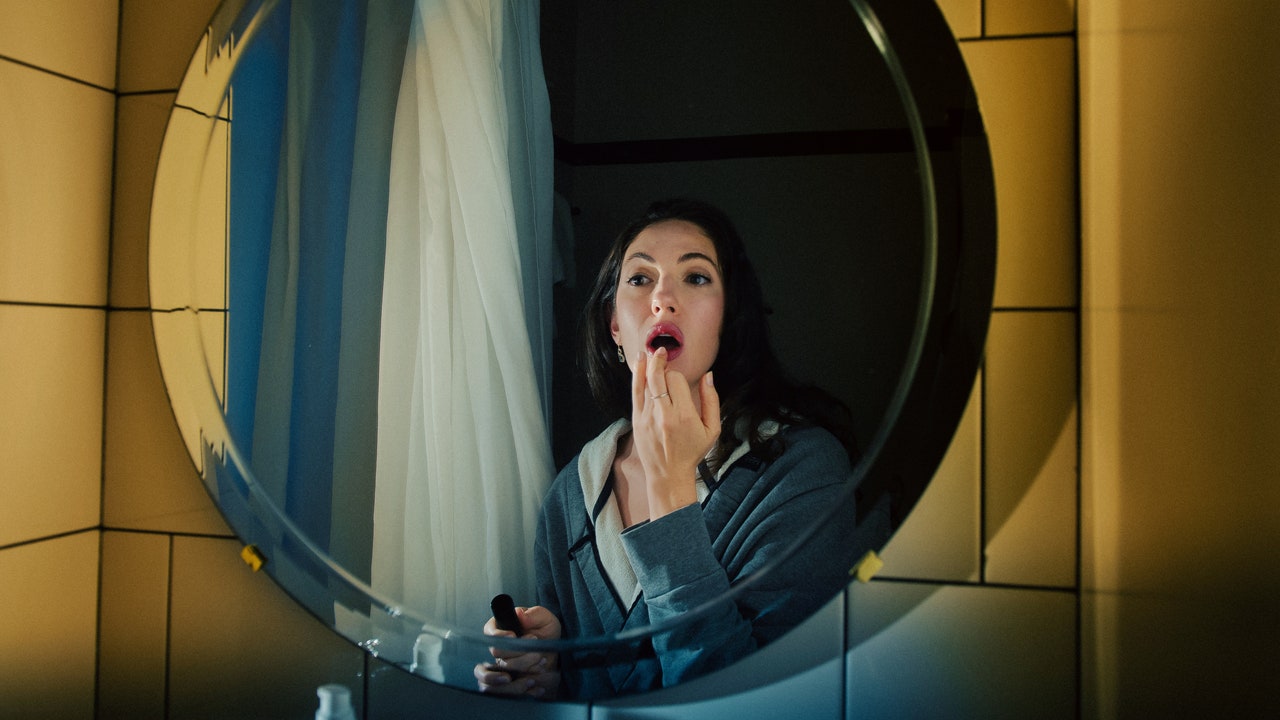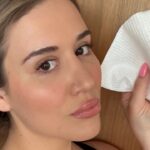Many people look in the mirror after having their makeup professionally done and think: “Who is that?” Jessie Heyman, a Vogue editor and recent bride, can relate. “I got my makeup done for a Met Gala one year,” Jessie says. “When I ran into a friend in the hallway, he literally didn’t recognize me. I felt like the makeup was wearing me.”
That’s why she decided to do her own makeup for her wedding day—and felt confident about her choice until some well-meaning friends warned it would be a mistake. “Since I’m not a professional makeup artist or don’t even wear a lot of makeup, I started to doubt myself,” Jessie says. When we spoke about her beauty aspirations for the day, she told me she’d long admired makeup artist Gucci Westman ’s aesthetic. A few intros later, Westman offered to give Jessie a step-by-step tutorial on how exactly to do her wedding-day glam. Together, they settled on the look for the day: English rose skin, juicy lips, and minimally sculpted eyes.
“The goal of your wedding-day look is to enhance your natural beauty,” Westman says. “It will emphasize what you have and make the very most of it.” Here’s what Westman taught this Vogue editor about DIY’ing her own makeup for her wedding—brides-to-be, take note!
Pause—frequently
Doing makeup on your wedding day should be a marathon, not a sprint. Westman describes her makeup application technique as the “dip and dab,” mostly using her fingers to apply the products. “You should be taking a step back during each step to look at everything you have applied in an area and how it looks on the entire face,” Westman says.
Know your skin
Creating a natural base for makeup will help you look just like yourself on your wedding day. “Your face isn’t just one color,” Westman says. “When people are shocked by a makeup application, they are typically reacting to the fact that a single color is applied uniformly across the face, covering up all of the things on your skin that make you look like you.” In a dream world, owning two different shades of a product like concealer will help create this effect.
But if that’s not an option, it can be done with just a handful of products. Instead of going for a foundation-shellacked face, try spot-treating areas with an exact-match concealer shade. “It’s best for the shade to be an exact match, not a touch lighter, because you’re simply looking to counteract the darkness, not lighten areas.” That’s how you avoid the skin from looking “makeup-y.”
Understand what to highlight and mattify
“Once you’re finished correcting the skin, you’ll want to add a little bit of life back into it,” Westman says. That’s where a highlighter (and even a powder) comes into play. “Dewy and matte skin add natural definition to the face without having to get into the world of contouring.”
Read the full article here




